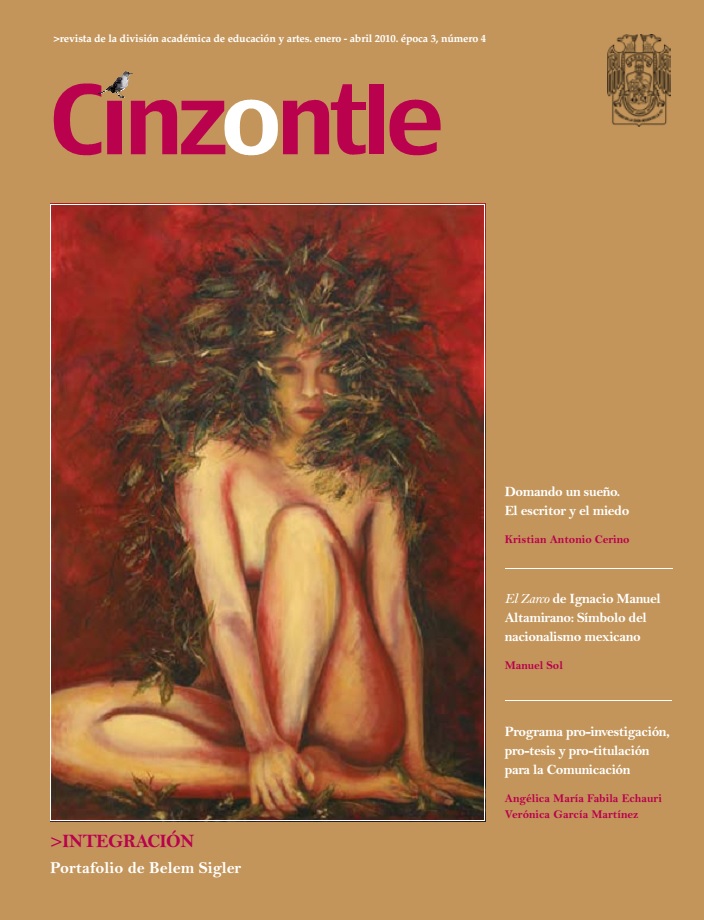The feasibility of normalizing CALL in teaching; analysing teacher’s and administrator’s attitudes
Resumen
This paper analyses the attitudes of administrators and teachers towards the normalization of Computer Assisted Language Learning (CALL) in their context. It is divided into six paragraphs to synthesize theoretical orientations, research methodology, context and participants in line with previous related studies. In order to contrast the interviewees’ attitudes, they were enquired with questions related to CALL.Referencias
Ayres, R. (2002). Learner attitudes towards the use of CALL. Computer Assisted Language Learning, 15, 241-249.
Bax, S. (2003). CALL--past, present and future. System, 31, 13-28 Chambers, A. & Bax, S. (2006). Making CALL work: Towards normalization. System, 34, 465-479.
Chappelle, C. (2001). Innovative language learning: achieving the vision. ReCALL, 13, 3-14.
Coleman, J. (2005). CALL from the margins: effective dissemination of CALL research and good practices. ReCALL 17, 18–31.
Felix, U. (2004). A multivariate analysis of secondary students’ experience of web-based language learning. ReCALL, 16, 129 – 141
Felix, U. (2005). Analysing Recent CALL Effectiveness Research—Towards a Common Agenda. Computer Assisted Language Learning, 18, 1 – 32.
Kessler, G. (2007). Formal and informal CALL preparation and teacher attitude toward Technology. Computer Assisted Language Learning, 20, 173 – 188.
Descargas
Publicado
Número
Sección
Licencia
Usted es libre de:
- Compartir — copiar y redistribuir el material en cualquier medio o formato
- La licenciante no puede revocar estas libertades en tanto usted siga los términos de la licencia
Bajo los siguientes términos:
- Atribución — Usted debe dar crédito de manera adecuada , brindar un enlace a la licencia, e indicar si se han realizado cambios . Puede hacerlo en cualquier forma razonable, pero no de forma tal que sugiera que usted o su uso tienen el apoyo de la licenciante.
- NoComercial — Usted no puede hacer uso del material con propósitos comerciales .
- SinDerivadas — Si remezcla, transforma o crea a partir del material, no podrá distribuir el material modificado.
- No hay restricciones adicionales — No puede aplicar términos legales ni medidas tecnológicas que restrinjan legalmente a otras a hacer cualquier uso permitido por la licencia.
Avisos:
No tiene que cumplir con la licencia para elementos del materiale en el dominio público o cuando su uso esté permitido por una excepción o limitación aplicable.
No se dan garantías. La licencia podría no darle todos los permisos que necesita para el uso que tenga previsto. Por ejemplo, otros derechos como publicidad, privacidad, o derechos morales pueden limitar la forma en que utilice el material.


